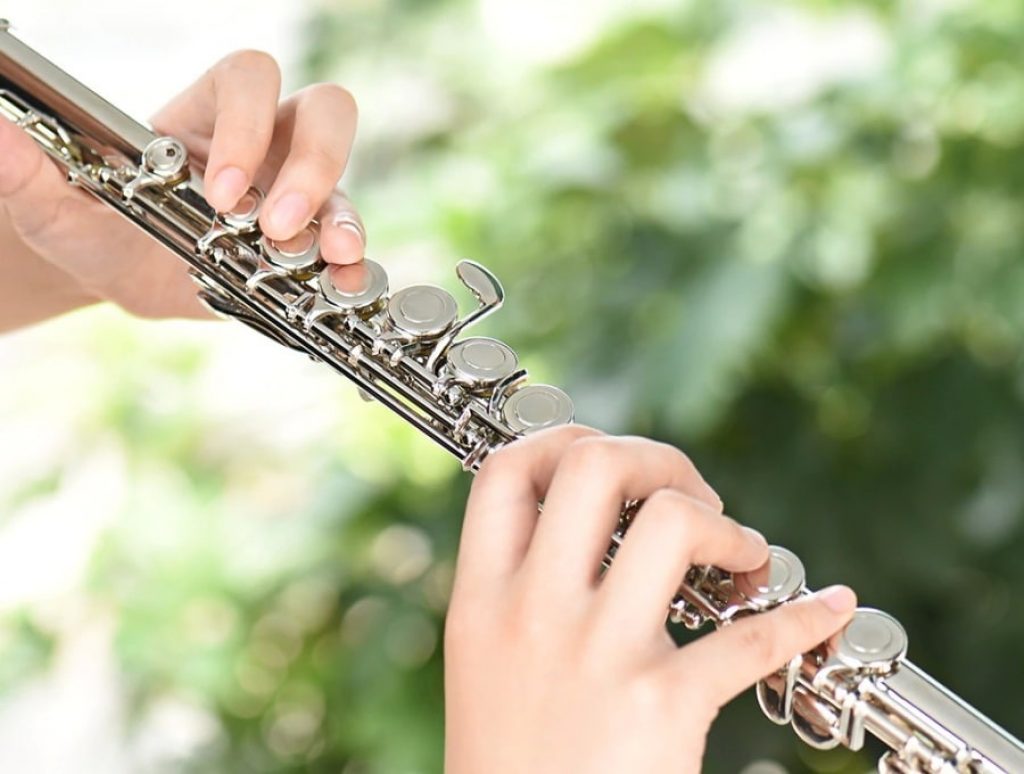

Keep in mind, the keying system on the Irish flute is not the Boehm keying system as on the silver flute and you will have to learn a new system whether it be with six holes or six holes and keys. Most new players to the Irish flute start off with a keyless flute. Just google wooden or Irish flutes and you’ll find a list of makers of keyed flutes. Then there are tunes in A major, for which one can use an E whistle.īut if you have certain keys on your D Irish flute, the F natural key, the G sharp key, and the B flat key, you can play all these tunes on the same instrument. Many traditional flute, whistle, and pipe players bring a whistle in the key of C to play these. However there is a different repertoire, shared by accordion, fiddle, and banjo, of tunes in D minor, G minor, C major, etc. These tunes are in D major, D mixolydian, E dorian, G major, A mixolydian, A dorian, B minor, and C lydian.Īll these modes are playable just by alternating C sharp and C natural, the C natural done with the crossfingering oxx ooo. Remember that there is a vast repertoire of traditional Irish tunes which evolved on the keyless flute in D, the whistle in D, and the uilleann pipes in D.Īll of these hundreds and hundreds of tunes can be perfectly played on a keyless Irish flute in D. I play a Hammy Hamilton small bore keyed flute similar in design to Michael Cronnolly’s, this is a superb instrument, but they’re pretty pricey now and there’s a very long waiting list. He still makes old style small-holed, small-bore flutes with keys, well as the louder large holed flutes that many session player seem to like. But no player with nice hand posture, as encouraged by the design of the Boehm flute, could ever consider this option.)Īnd a much cheaper, though excellent, alternative to expensive keyed wooden flutes is polymer flutes for instance, Michael Cronnolly (M&E) polymer flutes:

(The disastrous alternative many Irish flute-players adopt is playing with straight fingers, the so-called “piper’s grip”. This will allow you to have the finger holes out of alignment, thereby making it easier to play the flute without the fingers being over-stretched. There’s not much of a stretch in the fingers involved with the Boehm flute so I’d advise that you get a flute with a joint between the finger-holes of the left and right hands (generally this means it will be a 5 piece flute). I like to have easy access to all the notes that might be needed.

I don’t think I could get used to an unkeyed flute.


 0 kommentar(er)
0 kommentar(er)
